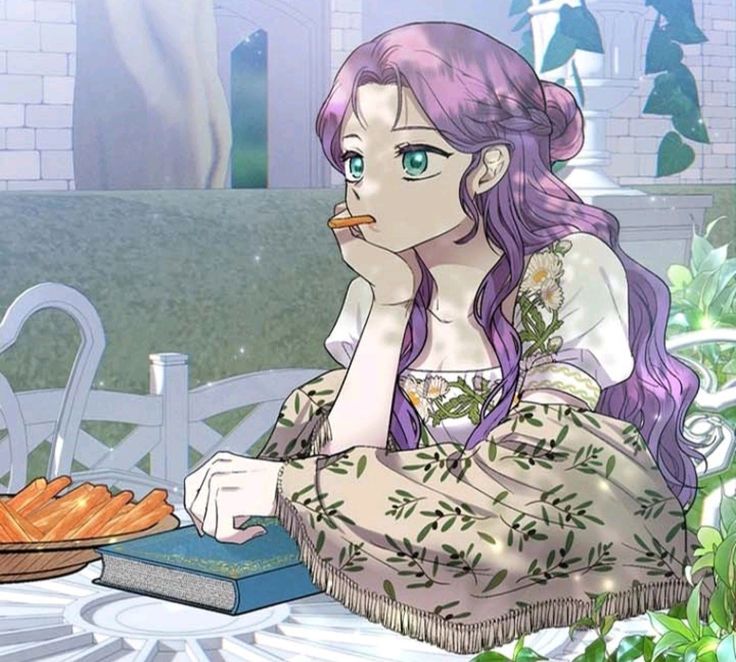Materialistic Princess Spoilers

Fairytales have long captivated our imaginations, transporting us to enchanted realms filled with magic, romance, and the promise of happily-ever-afters. However, behind the glittering facade of tiaras and ball gowns, there lies a darker narrative that often goes unnoticed—the materialistic princess. In this exploration, we delve into the world of materialistic princess spoilers, uncovering the layers of excess that challenge the traditional notions of fairytales.
The Allure of Materialism in Fairytales:
Traditionally, fairytales have been moralistic stories, imparting lessons of virtue, humility, and kindness. Yet, in recent years, a shift has occurred, with some tales glorifying materialism and the pursuit of wealth. The materialistic princess, once a rarity, has become a prevalent character archetype, raising questions about the values we impart to the next generation.
One prominent example is the transformation of Cinderella. Originally a symbol of resilience and inner beauty, modern adaptations often portray her as a princess fixated on her dazzling glass slipper and the opulence of the royal lifestyle. This shift raises concerns about the impact on young minds, who may internalize the notion that material possessions equate to happiness.
The Rise of Spoiler Culture:
In the age of social media and instant information, spoilers have become an unavoidable aspect of our entertainment culture. Fans eagerly share plot details and twists, shaping the narrative even before it unfolds on the screen or in the pages of a book. The materialistic princess spoiler is no exception, as audiences are exposed to the glittering excesses before experiencing the story firsthand.
One might argue that spoilers, in this context, serve as a double-edged sword. On one hand, they generate excitement and anticipation. On the other, they can diminish the impact of the story by revealing crucial details, leaving little room for genuine surprise. The materialistic princess, with her lavish lifestyle laid bare, loses the element of discovery that once made fairytales enchanting.
Deconstructing the Materialistic Princess:
To understand the nuances of the materialistic princess, we must examine the motivations behind her desires. Often portrayed as obsessed with external appearances and wealth, these characters reflect societal values and expectations. The materialistic princess is a product of her environment, navigating a world that places a premium on material success and status.
By deconstructing the materialistic princess trope, storytellers have the opportunity to explore the psychological and emotional layers beneath the surface. What drives her desire for opulence? Is there a void she seeks to fill, or is her materialism a symptom of a society that places unrealistic expectations on women? These questions invite a more profound exploration of character development and societal critique within the confines of a fairytale.
The Impact on Young Minds:
Children are impressionable, and the stories they consume play a significant role in shaping their values and perceptions. The materialistic princess, when presented without nuance, can inadvertently send harmful messages about the importance of external validation and material wealth. It becomes crucial for storytellers to strike a balance between fantasy and reality, imparting lessons that extend beyond the glittering surface.
Educators and parents alike grapple with the challenge of guiding young minds through a media landscape saturated with materialistic influences. Conversations about the true essence of happiness, the value of kindness, and the importance of inner strength become essential counterpoints to the materialistic narrative, ensuring that children develop a holistic understanding of the world.
Fairytales as a Mirror to Society:
Fairytales have always been mirrors to society, reflecting its values, fears, and aspirations. The emergence of materialistic princess spoilers signifies a cultural shift toward a more consumer-driven mindset. As we navigate an era where social media magnifies the pursuit of perfection and abundance, our stories, too, evolve to incorporate these contemporary themes.
However, it is crucial to approach these adaptations with a critical eye. While modernizing fairytales to resonate with contemporary audiences is natural, the materialistic princess should not overshadow the fundamental lessons that make these stories timeless. Striking a balance between relevance and timeless wisdom becomes the key to crafting narratives that stand the test of time.
Conclusion:
The materialistic princess spoilers scattered across social media platforms, challenges our perceptions of traditional fairytales. As storytellers grapple with the delicate task of balancing relevance and timeless wisdom, it is essential to recognize the impact of these narratives on young minds. By deconstructing the materialistic princess trope and engaging in conversations about values, we can ensure that fairytales continue to inspire, educate, and enchant without succumbing to the pitfalls of excessive materialism. Ultimately, the power of storytelling lies in its ability to shape narratives that transcend the superficial and delve into the depths of human experience.





